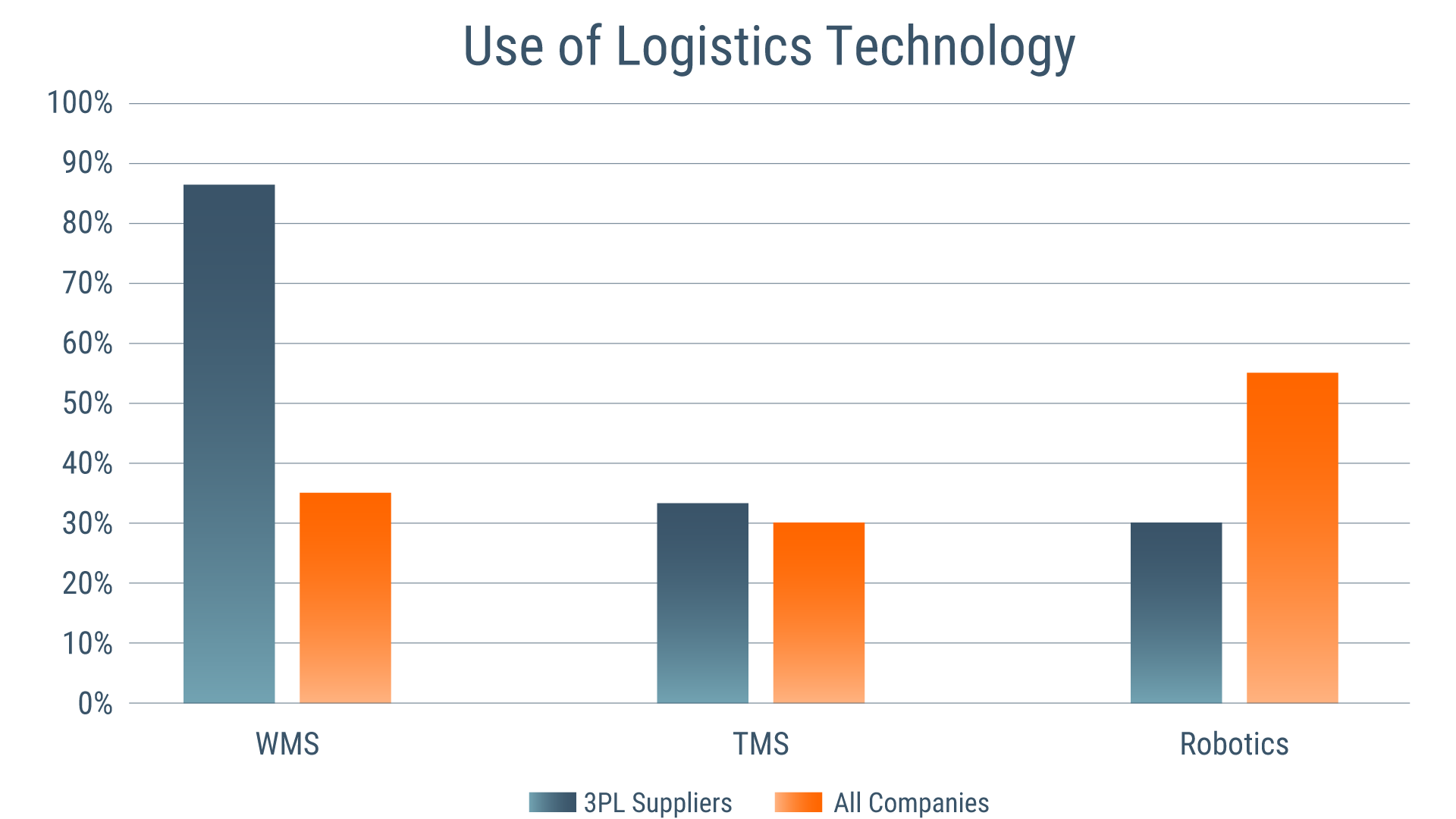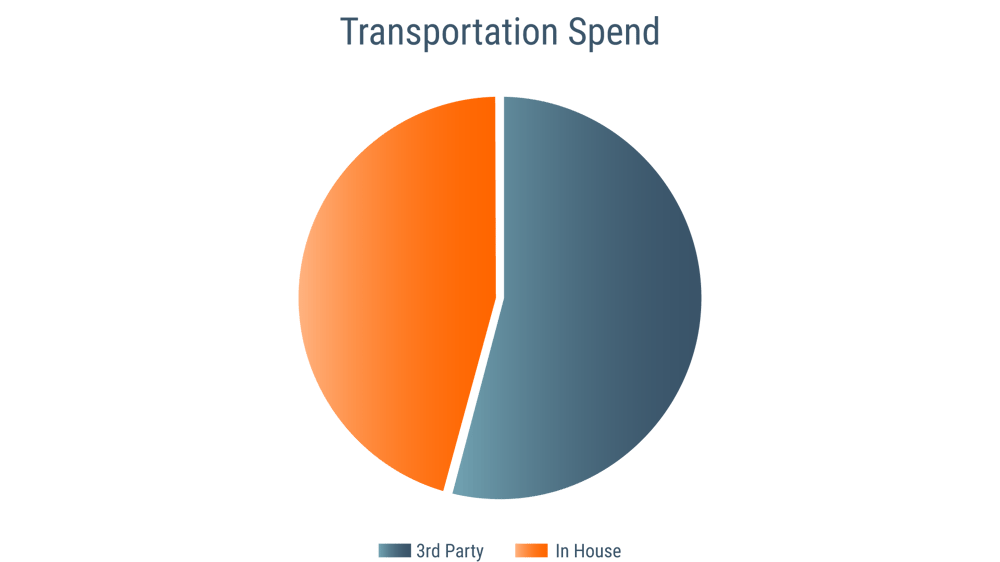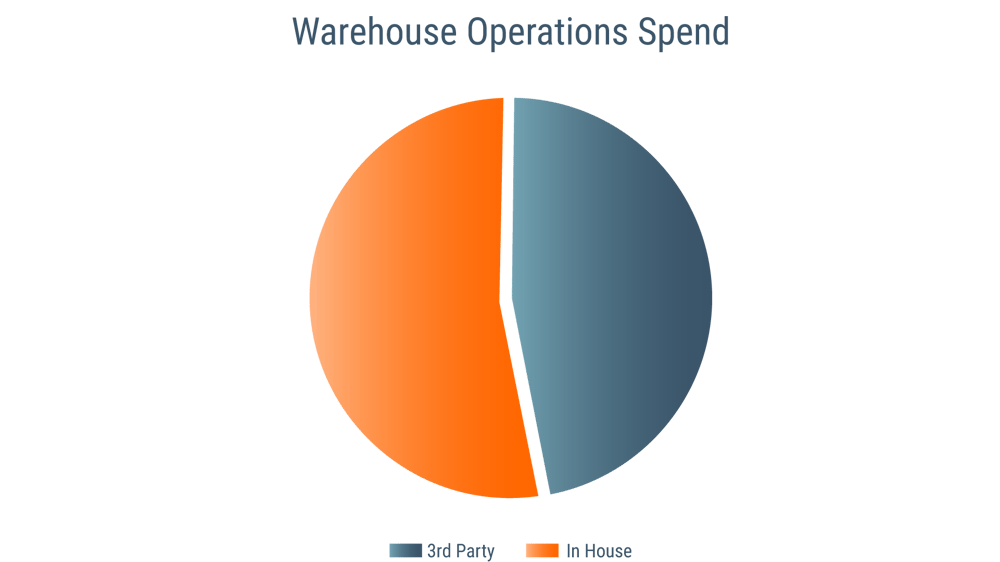Guide to Resolving Logistics Issues for a Stronger Supply Chain

Many logistics problems are beyond a company’s control, including weather, traffic accidents, strikes, tariffs, wars; many are avoidable, including productivity decreases, increased overtime, lower productivity. All of them are capable of being solved with a resilient supply chain and the proper preparation and tools. Moreover, those solutions and tools can also increase cost savings, productivity, and profits. Technology, analytics (visibility, timely KPIs, and measurements), leadership and organizational improvement, and network design and footprint optimization will go far to untangling most logistics problems.
Technology
Long and fragile delivery routes, labor shortages, unanticipated risks, scheduling glitches, unused or overused storage, and difficulties with on time in full (OTIF) delivery can be mitigated with technology tools and visibility.
Technology tools must be in synch across the various logistics functions to produce up-to-date, trustworthy data on inventory levels and order-shipment status. The information from the tools will allow for root cause corrective action (RCCA) to pinpoint the source of quality and customer satisfaction issues, among other process issues.
In addition, transportation management systems (TMS) help to optimize the movement of goods and manage carriers; obsolescence management and M&R management ensures that your assets and fleet are repaired or replaced before they fail; and warehouse management systems (WMS) provide process structure, checks and balances and streamline receiving, storing, picking, packing, and shipping.

Analytics
Warehouse glitches often take the entire blame for failing to meet customer expectations. But the problems plaguing warehouses often begin further upstream; for example, with a failure to balance supply and demand. Or they begin further downstream, with a failure to optimize transportation routes. Finding root causes and making data-based decisions requires trustworthy data and analytics.
Predictive and prescriptive analytics not only unearth root causes but identify areas where companies can reduce costs. The customers for a supplier of food ingredients were regularly reneging on orders, leaving the company to face huge demurrage charges. By identifying key metrics in line with goals, the C-suite gained unprecedented visibility into the data surrounding orders, operations, deliveries, and transportation costs. With improvements to the order entry and confirmation system, order cancellations dropped 60%. A 20% increase in fuel savings and a 135% to 275% increase in throughput resulted in $7.2 million in annualized benefits.
Analytics also enable a simulation model of the entire supply chain that indicates how changes upstream and downstream affect logistics and warehousing (and vice versa). Asset, fleet, inventory, and network optimization all become possible with advanced data analytics.
Leadership and organizational improvement
While transportation, obsolescence, and warehouse management software is important, effective management requires people, too. The ability of leaders to communicate, collaborate, and problem solve is aided by:
- A sales, inventory, and operations planning process that brings logistics together with procurement and operations for forecast, demand, and capacity planning
- Regular meetings, clear documentation, such as standard operating procedures, and the use of collaboration tools
- Clear owner, responsible, consult, and inform roles that ensure follow-through on initiatives and on data received
- Standardized KPIs and metrics that pinpoint variances, along with contingency plans to deal with the variances
- A skillset review, cross-training, and upskilling of the workforce
- Training in managing others, using data to problem solve, and making adjustments to expedite the work.
Currently, about 54% of transportation spend and 47% of warehouse operations spend is managed by third parties. To maximize their benefit from using 3PL, companies should be honing procurement’s capabilities in supplier relationship management. They should use strategic sourcing to find carriers, use optionality to evaluate alternative carriers and modes of transportation, and actively manage carrier and 3PL performance and service levels.


Network design and footprint optimization
Network optimization and footprint optimization are critical to creating efficient workstreams and layouts and choosing the best configuration of transportation modes and warehouses. The location and capacity of distribution centers (DCs), warehouses, and manufacturing facilities affects the length of routes, transportation options, the ability to deliver OTIF, and the risks of a supply chain interruption.
Optimization strategies might include:
- Consolidation of products and orders to minimize handling and transportation costs
- A hub-and-spoke distribution model, where central hubs serve as consolidation points for shipments to regional spokes
- Cross-docking practices to reduce inventory holding times and streamline order fulfillment
- Partnerships with 3PL suppliers and local delivery services
- Drop-shipping (using another company to fill orders instead of maintaining a warehouse)
- Supplier, capacity, and geographic optionality
- Intermodal transportation where, for example, rail and truck are combined.
Technology, analytics, leadership and organizational improvement (LOI), and network design and footprint optimization provide solutions to many of the logistics and warehouse problems that companies face. Companies gain a more resilient supply chain, greater visibility into the supply chain, improved efficiency and workflow, more working capital, higher customer satisfaction, more collaboration, and data-based decision making. Finding out where technology, analytics, LOI, and network design and footprint optimization can have the greatest impact is clearly worthwhile.
Sources: extensiv.com, mmh.com, alliedmarketresearch.com, zippia.com
